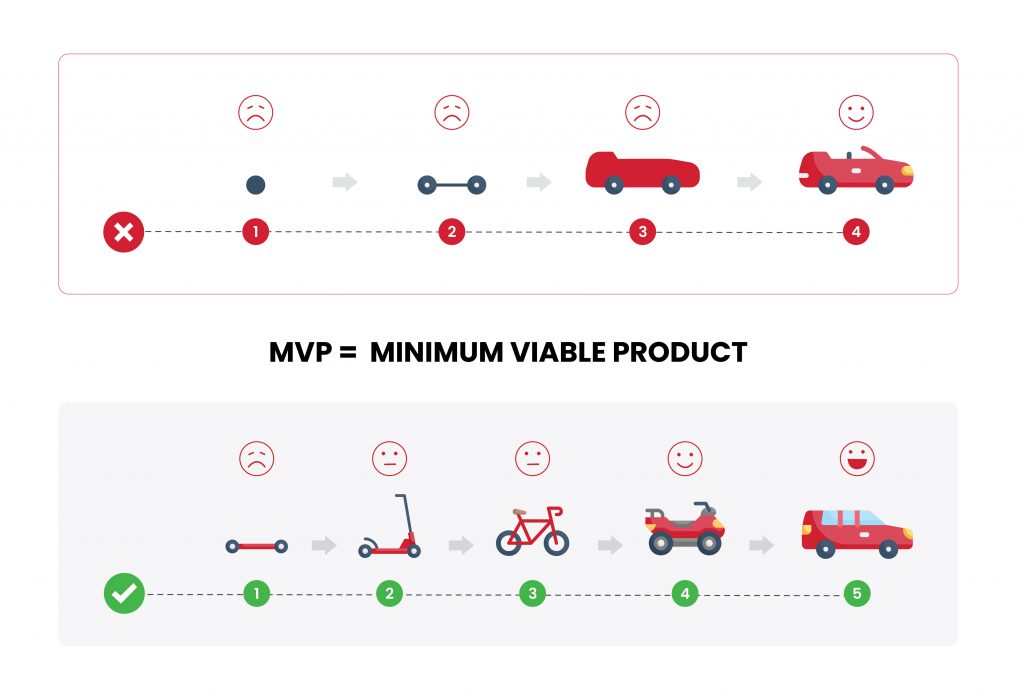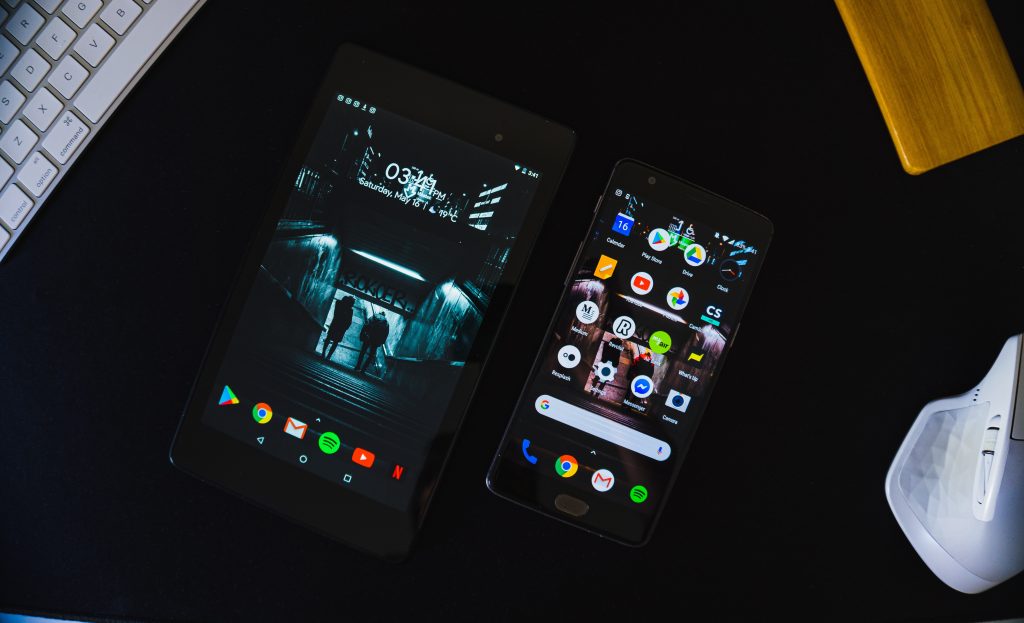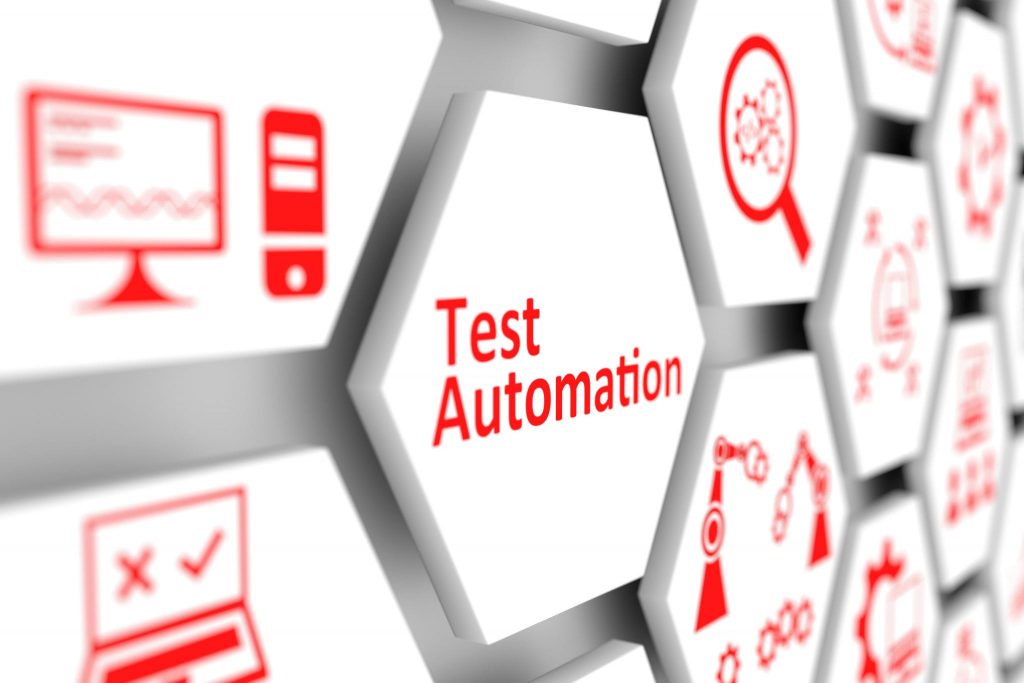Traditional vs Low-Risk MVP
Ideas on the features and functions of software quality assurance products and mobile apps can be grand.
The traditional way of product development revolves around ideas – sometimes, senseless ideas. You have many ideas that you want to see in your application, and there are going to be a lot of features. You end up in active engagement with tens of different mobile app development companies to find the best solution. It takes hundreds of calls and quotes until you decide on who you work with, and fingers crossed the market will respond well to the launched product. If not, you will have no choice but to invest more after writing a big check for the first version you just released.
What if there is another way to go about this while you minimize risk and reach your audience faster? MVP approach “Minimum Viable Product” is one way to get these grand ideas working.

MVP Concept Explained
MVP (Minimum Viable Product) is the first working product version, with just enough features to satisfy early adopters and collect & analyze their feedback for the following product version, with minimum effort and resources required. The following complete product version is developed after elaborating on the initial user feedback. The key to success is how you use the feedback to further shape and materialize the custom software product into a more concrete, fully-fledged product.
The MVP concept was created by Frank Robinson but received popularity through startup consultants Eric Ries and Steve Blank.
Steve Blank supplements the MVP definition by saying, “You’re selling the vision and delivering the minimum feature set to visionaries, not everyone.”
Why MVP Development Is Good For You
Building a minimum viable product comes with its advantages that include:
- Faster release: You can release a basic yet fully functional product within a short time, thus capitalizing on the opportunities that emerge in the fast-paced market.
- Functional products: From the onset, the focus is on developing and improving the core components of your product. This eliminates the possibility of underbuilding, feature creeps, and rework time.
- Early contact with potential customers: This model of development gives your users a chance to contribute to the overall structure of your product from the onset. Their insights and interests shape the form and structure of the overall product with which users will stick to.
- Cost-effectiveness: Instead of investing steeply in developing a complete product whose viability is not tested, MVP allows you to invest gradually in a product, so investments are made on a need basis, thus more cost-effective.
Steps to Prioritize Features for Your MVP
You must prepare a list of features that you think are the most critical to the functionality of the app. Then you break them down in terms of ease of creation because your goal on a Minimum Viable Product is to get something into the hands of the marketplace for as little money and time as humanly possible. We recommend you map them out High Tech – Low Tech, High User Impact – Low User Impact, to keep track of them.
Fragmenting your vision to end up with a minimum viable product can be quite frustrating, especially when you feel like your whole concept is more concrete when all elements are together. But first things first, MVP is about the process rather than the initial product.
As such, the first and most critical step entails conducting thorough research to understand if fits in the market dynamics. Get to know what your users may want and how much they would be willing to pay for the product including the gaps they feel exist in similar products. After collecting all the data to back up your decision, for effective planning, features can be classified into 4 groups:
Must-have:
It can be one stand-alone feature or a set of features your product needs. The rule is the features here are highly critical in making your product essential and practical.
Should have:
These can be gradually introduced into the structure of your evolving product. Must-have and Should-have features would be the main target of A/B testing as the product becomes.
Nice to have:
These are the features that your product could function effectively without; these features here should be implemented only when they are proven to improve the overall experience of using the product later on.
Won’t have:
These are the features you don’t plan on including in your product, especially if your research has shown they are irrelevant.
Post Release
You also have to be aware of the possibility of failure. While you might have a good concept, the market dynamics may not favor it. As such, it is also important to be open to the possibility of your software product being rejected. When that happens, have mechanisms to pivot successfully and pick the lessons that will inform your future endeavors.
As you are aware by now, a lot of upfront work goes into MVP development because it is a risk-mitigating approach. From research and data analysis to market feedback, the whole process of defining a minimum viable product can be quite a challenge. However, MVP development is a popular approach used for numerous software and mobile apps that facilitates low-risk and cost-efficient product-making, leaving room for your product’s evolution.
SHIFT ASIA has worked with many mobile app clients who needed resources to give shape to their grand ideas before fully investing in them. Regardless of where you are with the product launch, with or without immediate resources to conduct data research, feedback collection, and development, for any consultation needs, please feel free to drop us a line.
ContactContact
Stay in touch with Us













